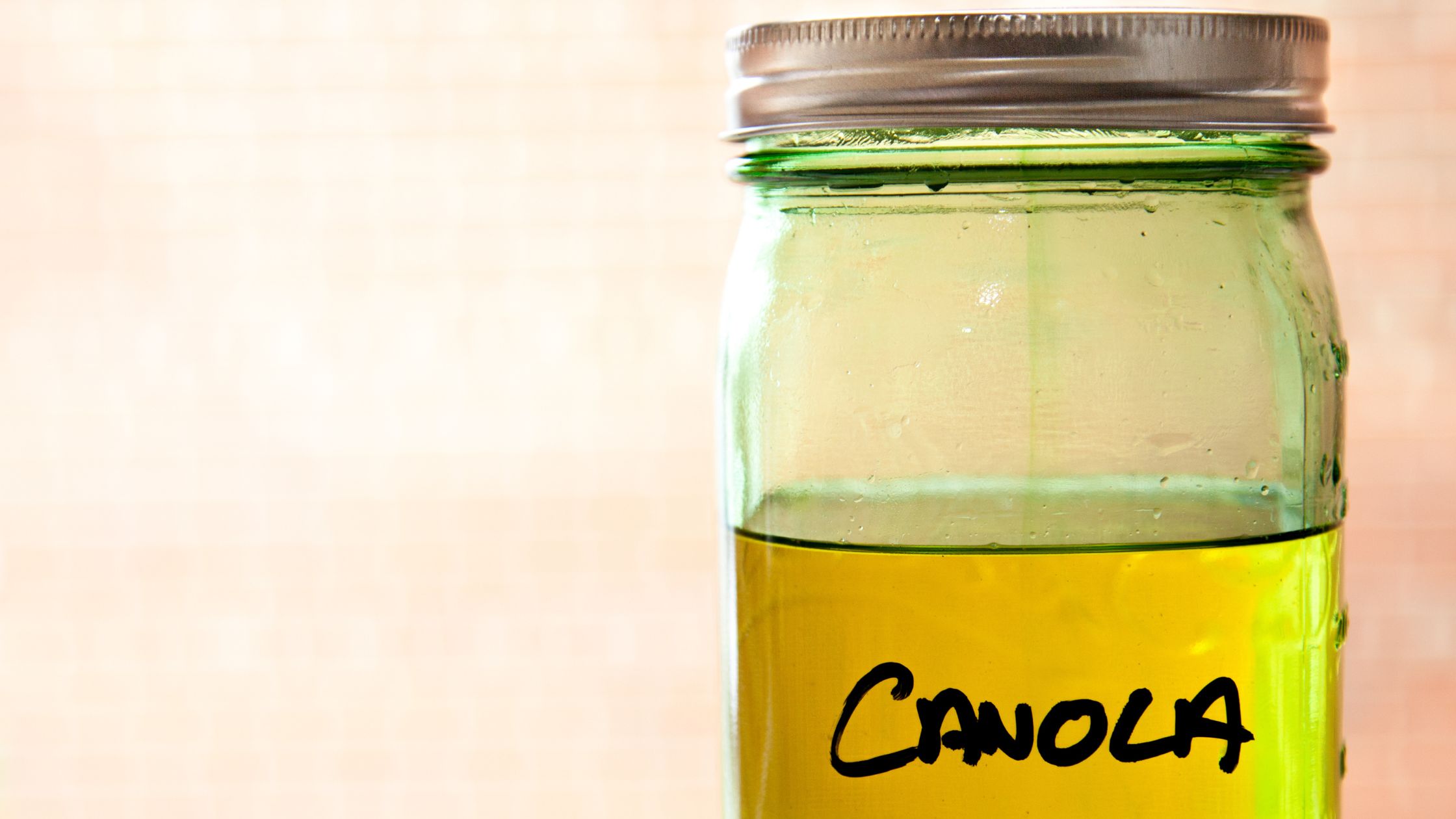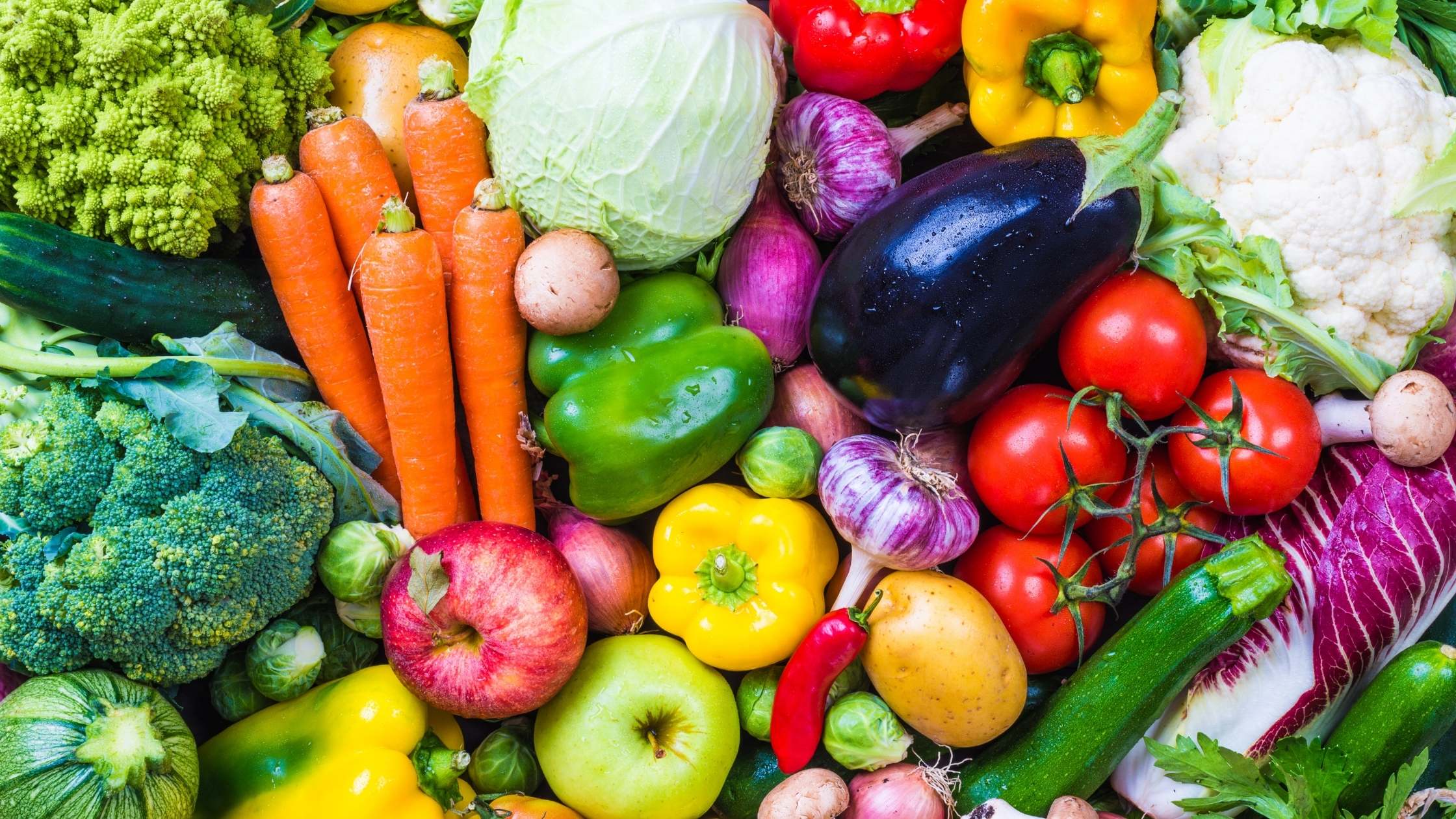There's a new diet trend that appears set to take the world by storm, the Nordic Diet. It appears to be a Scandinavian take on the concepts of the Mediterranean Diet.
According to a study published in The Journal of Internal Medicine, it lowered cholesterol and inflammation among study participants who followed the plan for 18 weeks. Without a doubt, there will shortly be a book, a cookbook, several websites with recipes, and a new crowd of enthusiasts. That's not necessarily a bad thing but it may not be the right thing for everyone.
The diet does allow for whole grains, primarily rye, barley, and oats, as well as low-fat dairy, fish, poultry, game meats (like moose), fruits, berries, vegetables, and canola oil. While new diet plans always garner a lot of excitement it's important to remember that there is no one size fits all diet. We are bio-individual creatures and what works for one person doesn't always work for another. If someone is gluten intolerant they need to avoid the rye and barley (and source gluten free oats) allowed in this nutritional plan. Just because it's part of the diet doesn't mean it's the right choice if your body can't handle it.
I do have a couple of thoughts about this diet and about food trends in general:
The Nordic Diet calls for canola oil.
In the United States this is not a good choice as the vast majority of it is contaminated by GMO. Some estimates of contamination and cross-contamination are so high that there are those who believe there is no unmodified canola to be found in the U.S.
The diet calls for low-fat dairy.
This is not a healthy option. Starting with the fact that dairy is one of our few food sources of vitamin D. Vitamin D is a fat-soluble vitamin (meaning it needs to be consumed with fat in order for the body to properly utilize it). Vitamin D is also important to help the body properly make use of calcium. When it comes to the old notion that high fat diets cause obesity, recent studies have shown that the opposite is true. In measured studies, those who consumed whole-milk dairy products had reduced risk for obesity.
The diet does not, as far as I've been able to find, specifically talk about sourcing of food. 
While game meat is unlikely to be adulterated with added hormones, antibiotics, and pesticides, poultry and fish need to be sustainably sourced. It's interesting to note that game meat in general may be gaining some prominence as people seek to avoid meat from animals raised in confined operations.
Vegetables and fruits still need to be sourced without pesticide residue and GMO contamination.
I imagine that there will be more of a call for root vegetables. This is a good thing as root vegetables are high vitamins, beta-carotene, and fiber. [side thought: I'm always surprised when I buy parsnips at the grocery store and the checkout clerk wants to know what the "white carrots" are.]
Expectations
With food trends in general, I expect we'll face a year ahead with more, New, BETTER (read tongue in cheek) superfoods that convey all sorts of health benefits. I'm not a huge fan of seeking those out and quite frankly we have superfoods that are local and easily accessible, there's no need to keep chasing the latest super ones.
I imagine there will still be some sort of push to get bugs onto the menu and into the grocery stores. They're cheap and easy to raise, a quick, convenient source of protein. I'm not a fan but that's a personal preference. I also don't eat things like squid or eels that doesn't mean I think they're dangerous or bad for you. With anything that we eat we have to look at how it's raised. Remember, you are what you eat includes whatever the animal you're eating ate.
I still believe there's not enough focus on fermented foods. These are in a category referred to as functional foods, they have a specific health benefit. In the case of fermented foods such as kefir, kombucha, and lacto-fermented vegetables they add beneficial probiotics to our intestinal tract, helping us to break down our food, boost our immune system and stay healthy. While I see more and more evidence of some fermented foods I believe we would all benefit from eating more of them. Ideally we'd learn how to make them at home.
I'd like to believe we'll continue to see a growing influence of tip-to-tail consumption that will encourage us to eat more fully from the whole animal. Learning to eat organ meats again, consuming more bone broths, getting away from the white-meat-only-chicken-breast diet that so many of us have become accustomed to.
Whatever nutrition plan lies ahead, let's remember that we need to eat according to the needs of our bio-individual bodies. Our dietary needs change over time. We don't eat the same in our 40's as we did when we were a toddler or an adolescent. But however we choose to eat, whatever we're eating, let's focus on clean, healthy, sustainably sourced foods rather than jumping from one popular diet plan to another.
Want to know more about food and what's in what you eat? Join The Ingredient Guru Community!





Since becoming a fan of The Whole 30 and reading through
the book “It Starts With Food” a number of times, we have become
followers of their food plan. Your assessment is right on – we need
to follow an eating plan which is right for us. So many of these diets
and fads do not recognize this fact.
I love that you pointed out that we don’t eat the same in our 40’s as we did when we were younger. It’s so true!! And I cracked up at the “white carrots” comment. Thanks for another illuminating share….
I agree with you, especially on the concept of bio-individuality when it comes to nutrition. There is no perfect one-size-fits-all when it comes to diet. I also had to chuckle about your parsnip comment. I almost croaked at Whole Foods when the cashier asked me what brussels sprouts were. I could not believe it.
You’re welcome Mary Ellen 🙂
Thanks Trudy, I am interested in doing an article on insect proteins. I’ll be sure to post it on the blog when it’s done.
Thanks for sharing such detailed analysis of the Nordic diet. This is great information to know. Thanks!
Great synopsis – I’m a fan of game for sure but not canola and not low-fat dairy either. And agree, there is no one size fits all!
I am not opposed to insect protein – cricket protein seems to be promising and would love you to do a bit of digging and write a blog post on this topic. What I have found is that once it becomes large scale it essentially mimics factory-farming!
I love your assessment of the Nordic Diet. Great points. (I’m a fan of them white carrots, too!) I especially like how you wrapped things up: Whatever nutrition plan lies ahead let’s remember that we need to eat according to the needs of our bio-individual bodies. Our dietary needs change over time. We don’t eat the same in our 40’s as we did when we were a toddler or an adolescent. But however we choose to eat, whatever we’re eating, let’s focus on clean, healthy, sustainably sourced foods rather than jumping from one popular diet plan to another. <3 SO TRUE! <3
Mira I completely agree that our society tends to jump from one “quick fix” diet to the next. This is the second place I’ve heard about the value of the higher fat milk. Thanks for keeping us informed.
Canola is a modified rapeseed oil. Regular rapeseed is high in erucic acid which some studies indicated could cause cardiac issues. It’s also apparently rather bitter (not surprising, it’s part of the brassica family). Some of the difficulty with canola, as I see it, is how it’s manufactured. The process involves high heat (which can break down any beneficial compounds) as well as hexane (a solvent). Here’s a video that shows how it’s manufactured https://www.youtube.com/watch?v=omjWmLG0EAs
Elisabeth McCarthy liked this on Facebook.
There was an article in Vogue about this last month. I thought rapeseed was largely gmo here. How us canola a healthy fat vs. Coconut or palm Oils?
Angela Hicks Campos liked this on Facebook.
Silva Misho liked this on Facebook.
Tara Jones Roth liked this on Facebook.
Haley Amador liked this on Facebook.
Francesca Orlando liked this on Facebook.
Ed Dolphin liked this on Facebook.
Gordon Burke liked this on Facebook.
Rick you can PM me to set up a consult. I’d be happy to help.
Mira, I need to loose 12 pounds. Any suggestions?
Food in Norway is AWESOME!
moose!? Thanks Mira.
Laura Connelly liked this on Facebook.
Argh
Fermented foods kill me.
Unique bio-diversified beings
Julie Matthews liked this on Facebook.
Marja-Liisa Bartosik liked this on Facebook.
Annika Lisa Rockwell liked this on Facebook.
Yay science! But, beware of food and dietary research science. It’s often riddled with poor study design and questionable statistical conclusions.
http://www.bmj.com/content/349/bmj.g7654
Well said!
When was canola a Nordic crop? Good synopsis Mira.